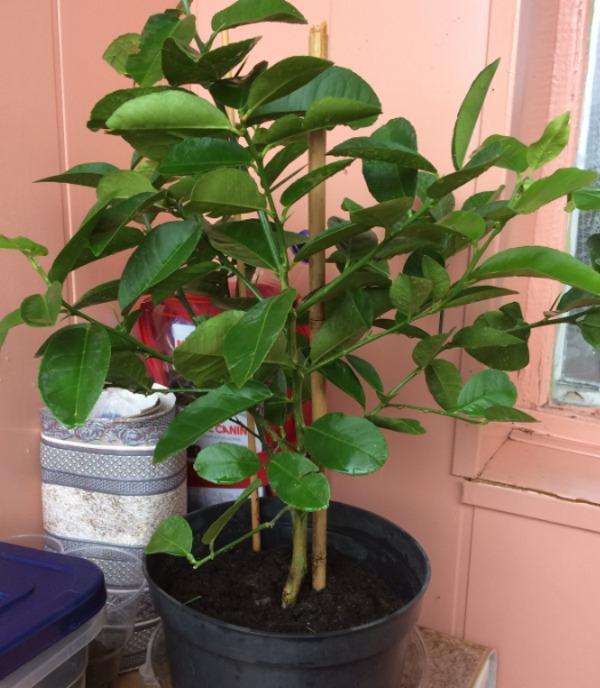Spring work with indoor citrus plants: transplanting, pruning, feeding
 Like gardeners, at the beginning of spring there are enough worries for flower growers, especially those who have a citrus collection. Spring work with indoor citrus fruits is especially important, because at this time they are actively waking up from hibernation. Although the dormant period in such crops is not pronounced, it is in the spring that the growth of young shoots begins. Our task is to help the plants so that they can not only develop the crown, but also lay flower buds.
Like gardeners, at the beginning of spring there are enough worries for flower growers, especially those who have a citrus collection. Spring work with indoor citrus fruits is especially important, because at this time they are actively waking up from hibernation. Although the dormant period in such crops is not pronounced, it is in the spring that the growth of young shoots begins. Our task is to help the plants so that they can not only develop the crown, but also lay flower buds.
Spring care for citrus fruits generally consists of the same activities, be it tangerines, lemons, or grapefruits.
In order for all of them to develop well and bear fruit at home, the following procedures should be followed:
- top dressing;
- trimming;
- transfer.
Spring work with indoor citrus fruits: how to feed the plants
Most adult citrus fruits bloom in spring. At this time, it is especially important to provide them with adequate nutrition. First, the bushes were not fed in winter. Secondly, due to the limited volume of the pot, they quickly "eat up" the dose received. The added nutrients are enough for two months. If not fed regularly, the plants will starve. This will affect both appearance and fruiting.
Fertilizers with a high nitrogen content should be used to subrust citrus plants in spring. The best option is organic matter (infusion of any manure) and mineral preparations (solution based on urea).
Fertilize citrus fruits once every 10 days, alternating organic matter and minerals. Simultaneous deposit is not allowed.
This is used before flowering. When citrus fruits begin to lay an ovary, it is necessary to switch to potassium-phosphorus fertilizers. It will be possible to reconnect nitrogenous fertilizing after the citrus fruits have formed.
When to trim citrus fruits
It is best to start pruning in the month of March, when the plants start to grow. Young seedlings are formed by cutting out excess shoots to stimulate the growth of lateral branches. Too old lemons and other crops can be rejuvenated in spring. And the trees formed earlier should be cut off minimally, simply by removing dry shoots and those that grow inside the crown.
Citrus transplant
Another mandatory procedure from the complex of spring work with indoor citrus fruits is a transplant. Young specimens growing in small flowerpots are transplanted annually. For plants over 3 years old, as well as fruiting citrus fruits, it will be enough to renew the topsoil. Up to 6 years old, trees can be replanted once every 2 years, and then as needed.
It is not difficult to prepare a nutritious soil mixture yourself by mixing:
- humus;
- humus;
- leafy ground;
- bone meal;
- ash;
- a little prolonged mineral fertilizer (complex).